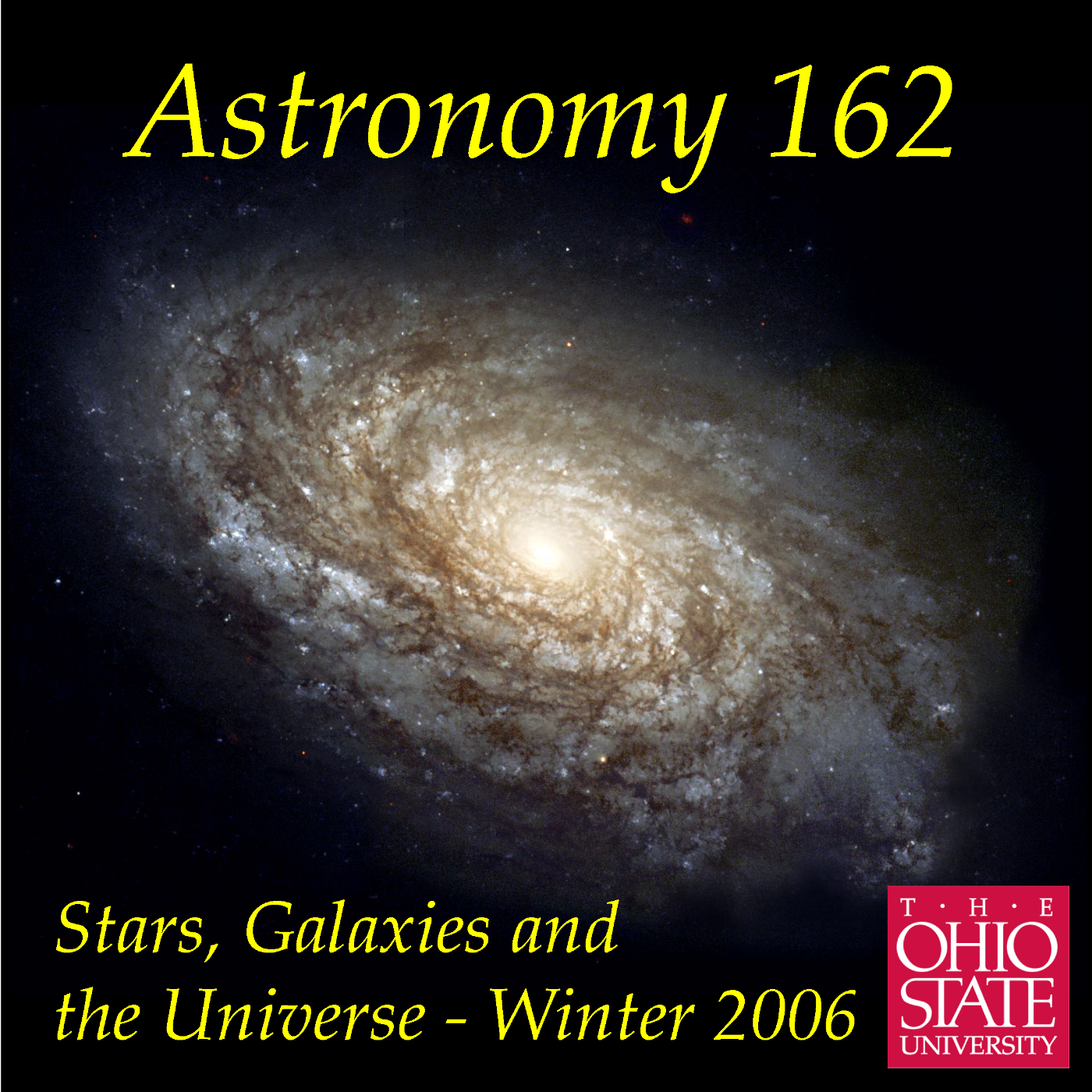Lecture 20: Black Holes

What happens if even Neutron Degeneracy pressure is insufficient to\nhalt the collapse of gravity? In that case, the object simply collapses\nin upon itself, approaching a state of infinite density. Such an object\nhas such strong gravity that nothing, not even light can escape from it.\nWe call these Black Holes. This lecture describes the basic properties\nof black holes, takes an imaginary journey through the event horizon,\nand discusses observational evidence that stellar-mass black holes\n(the remnants of the evolution of very massive stars) actually exist,\nand ends with the suggestion that if Steven Hawking and others\nare right, black holes may not be so black after all. One Erratum:\nduring the lecture while commenting on the fate of Karl Schwarzschild,\nfor whom the Schwarzschild Radius is named, I incorrectly identify Henry \nMoseley (killed by a sniper during the Galipoli Campaign of WWI) as one of \nthe discoverers of the neutron. Moseley was the person who discovered that \n"atomic number" corresponded to nuclear charge, and hence the number of \nprotons in the nucleus. The discoverer of the neutron was James Chadwick, \nwho died in 1974.\nRecorded 2006 February 1 in 1008 Evans Laboratory on the Columbus campus\nof The Ohio State University.